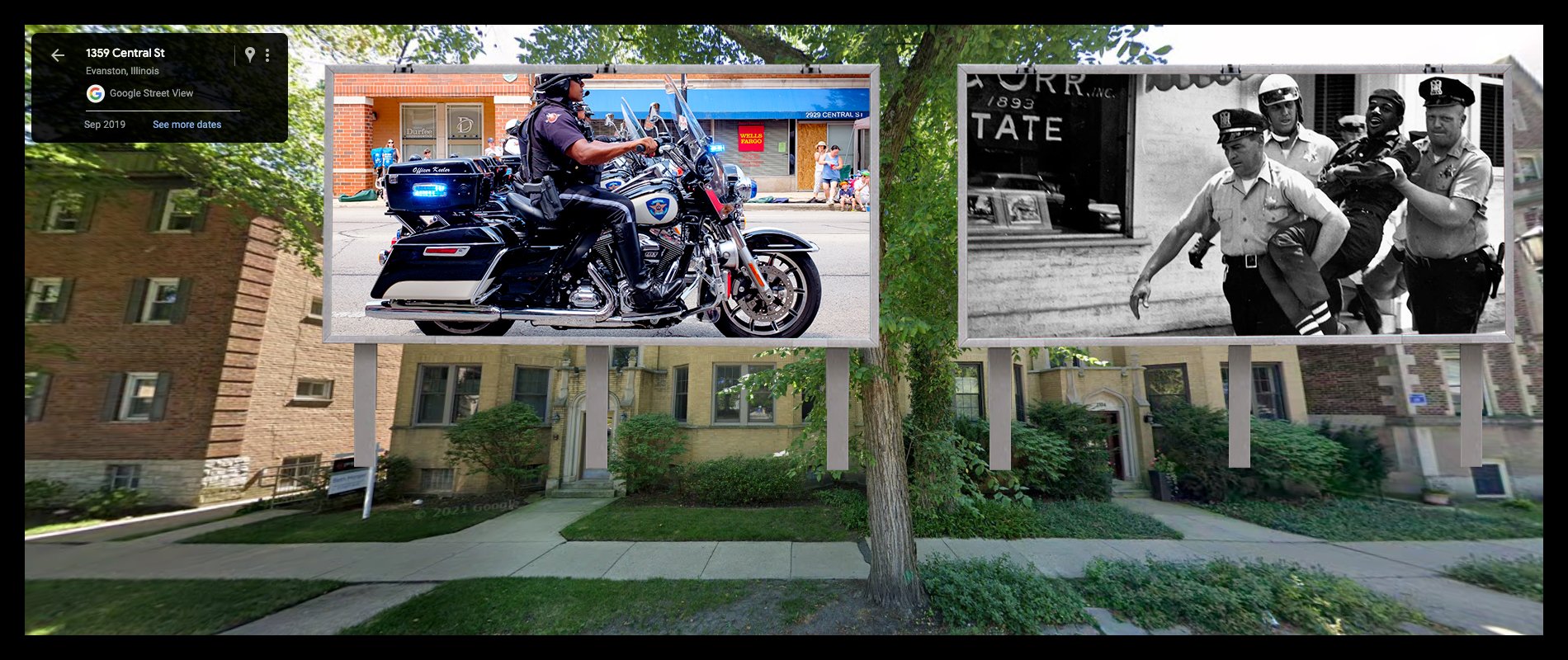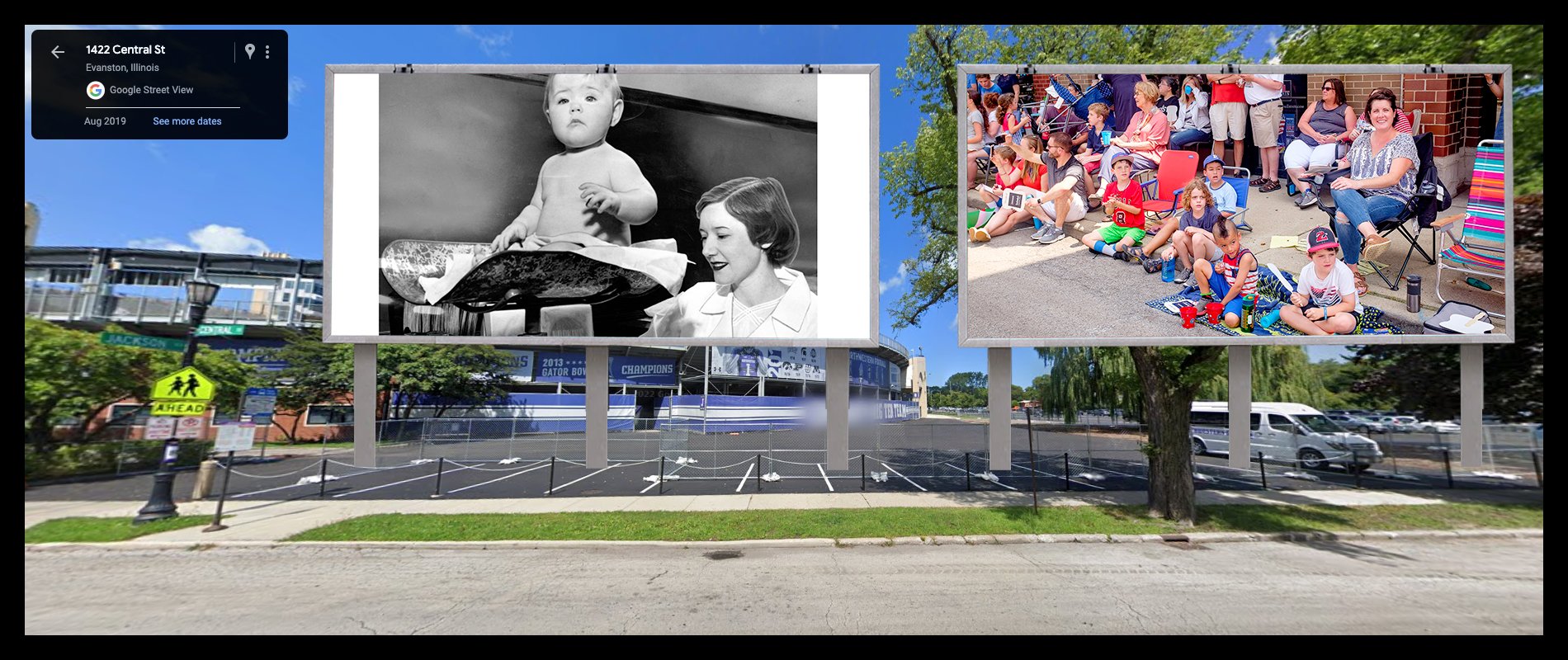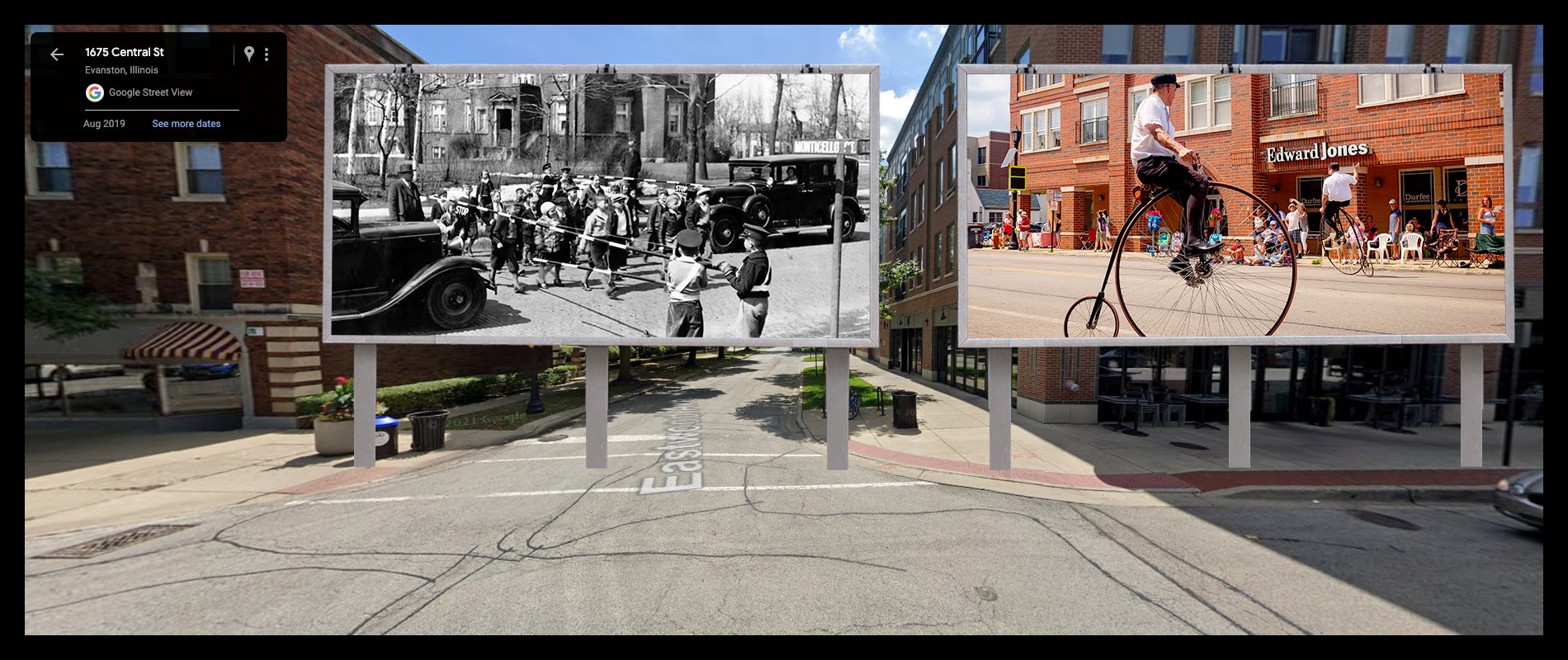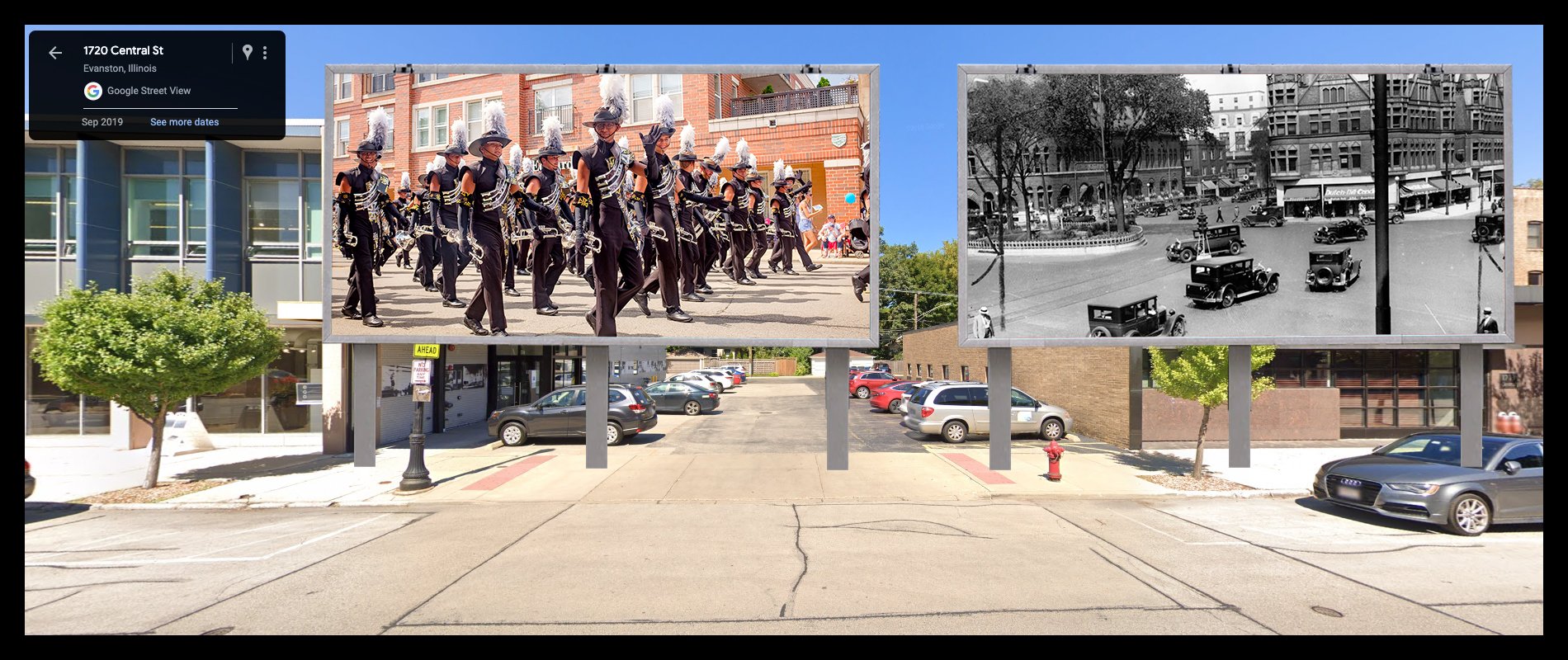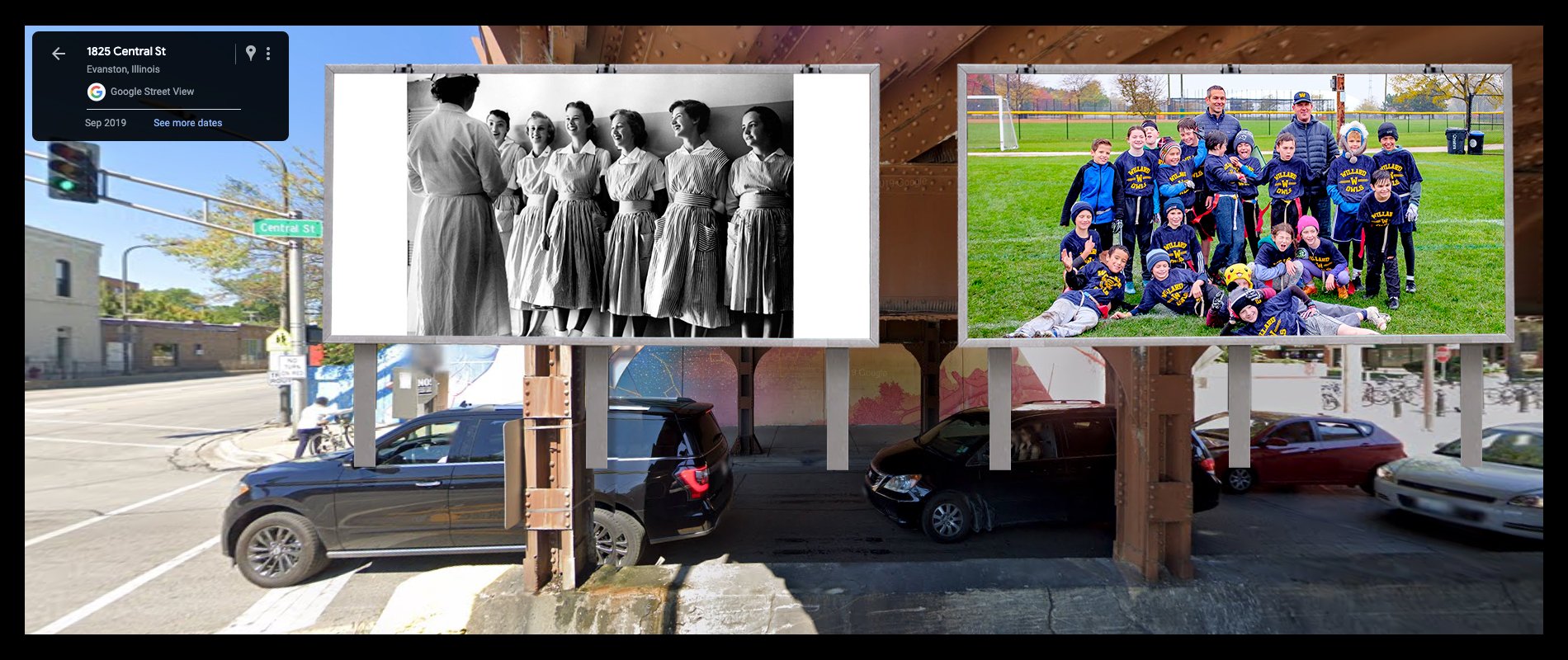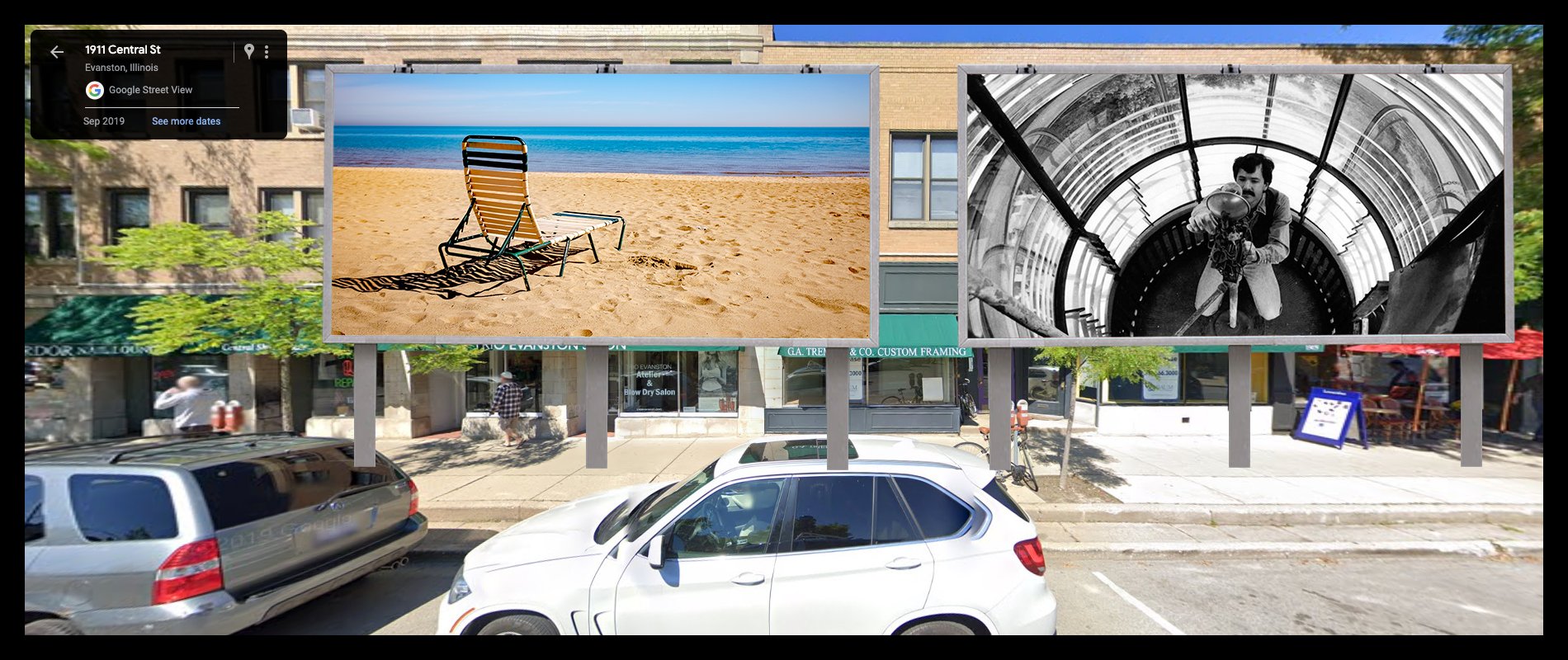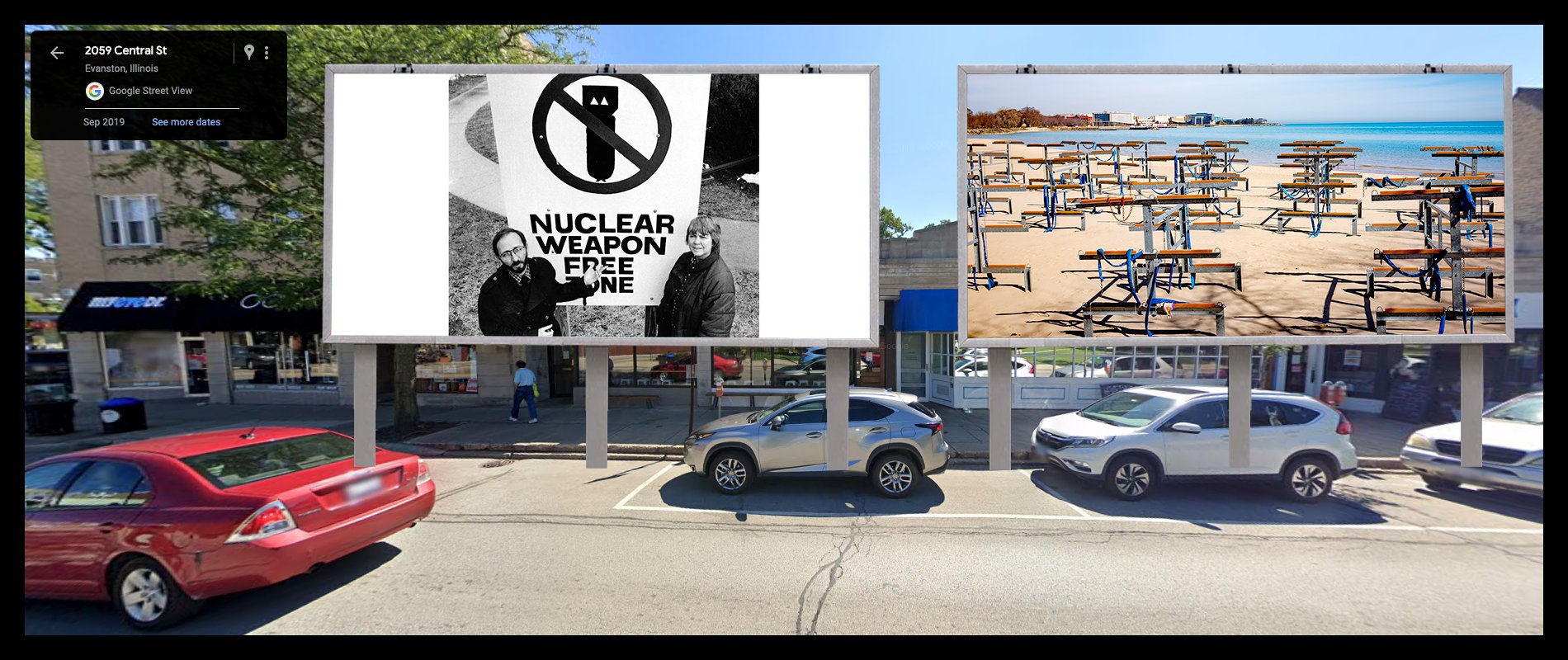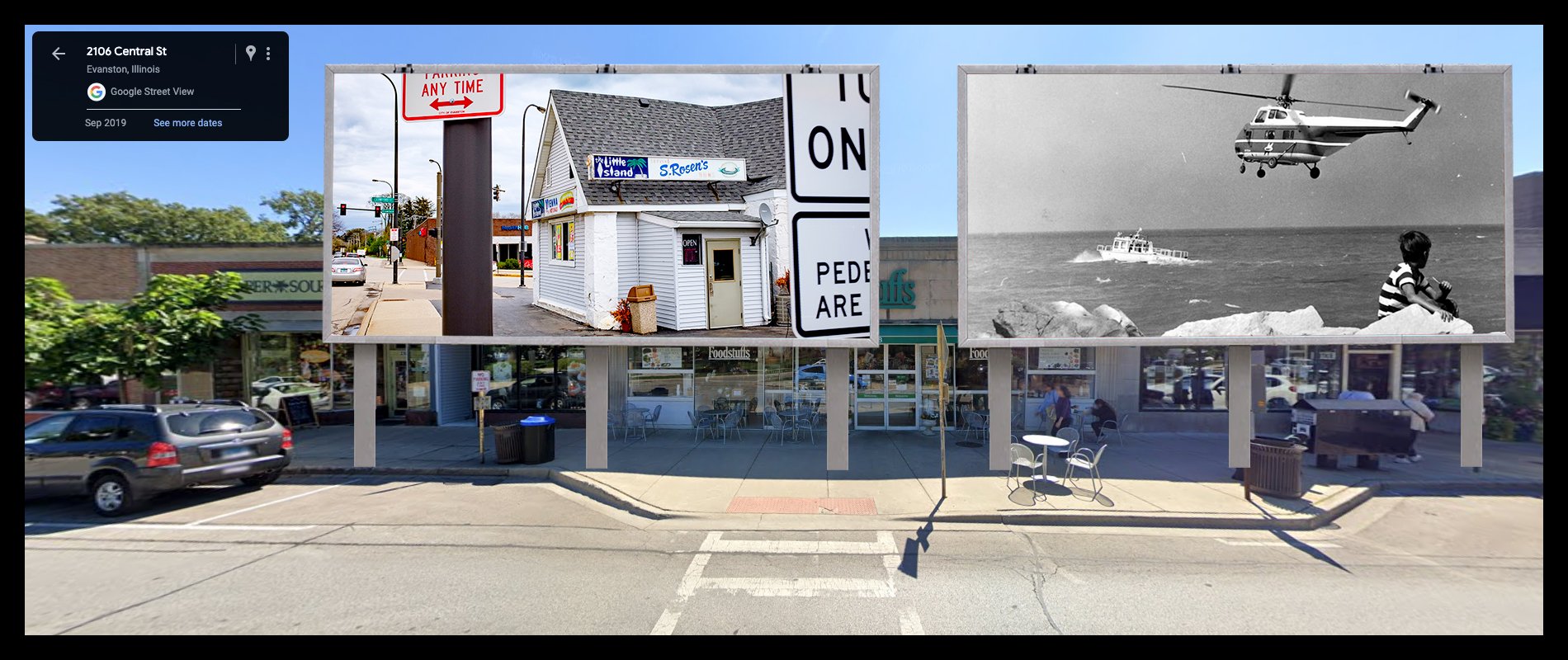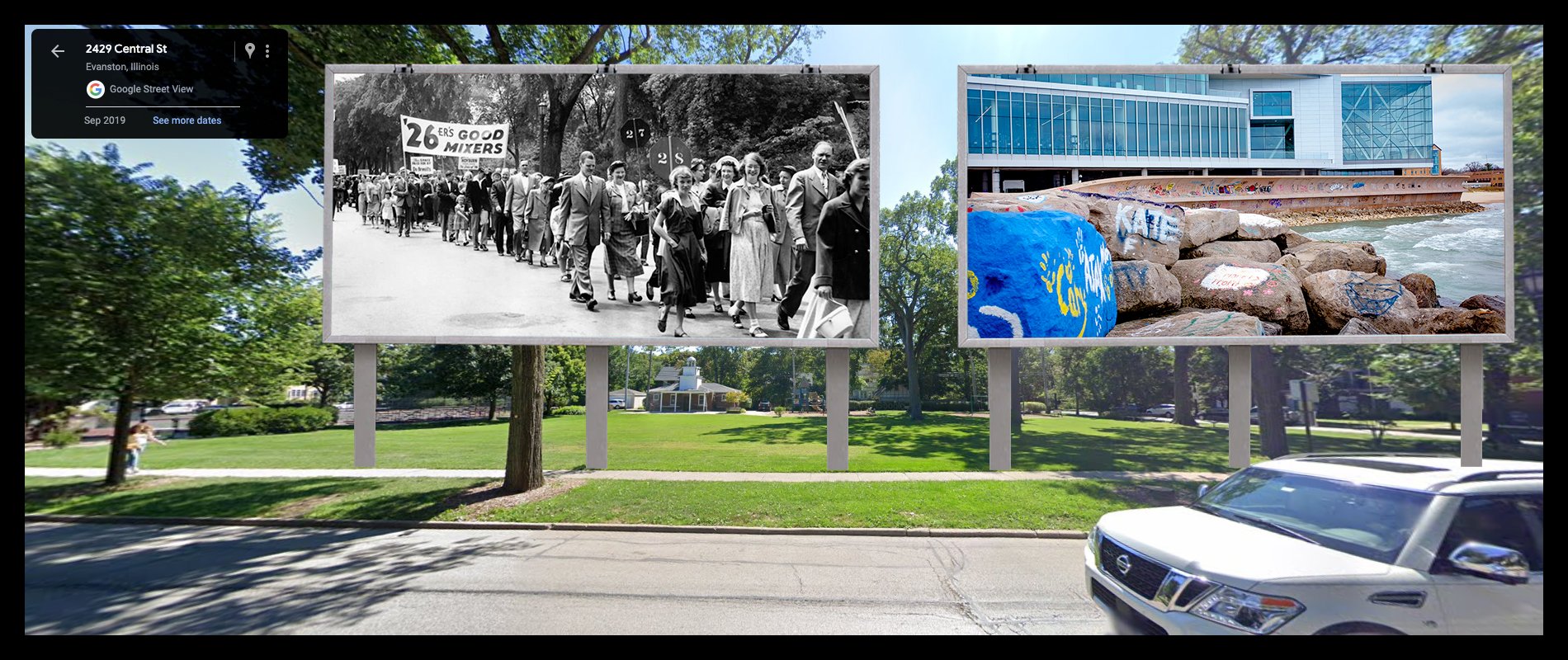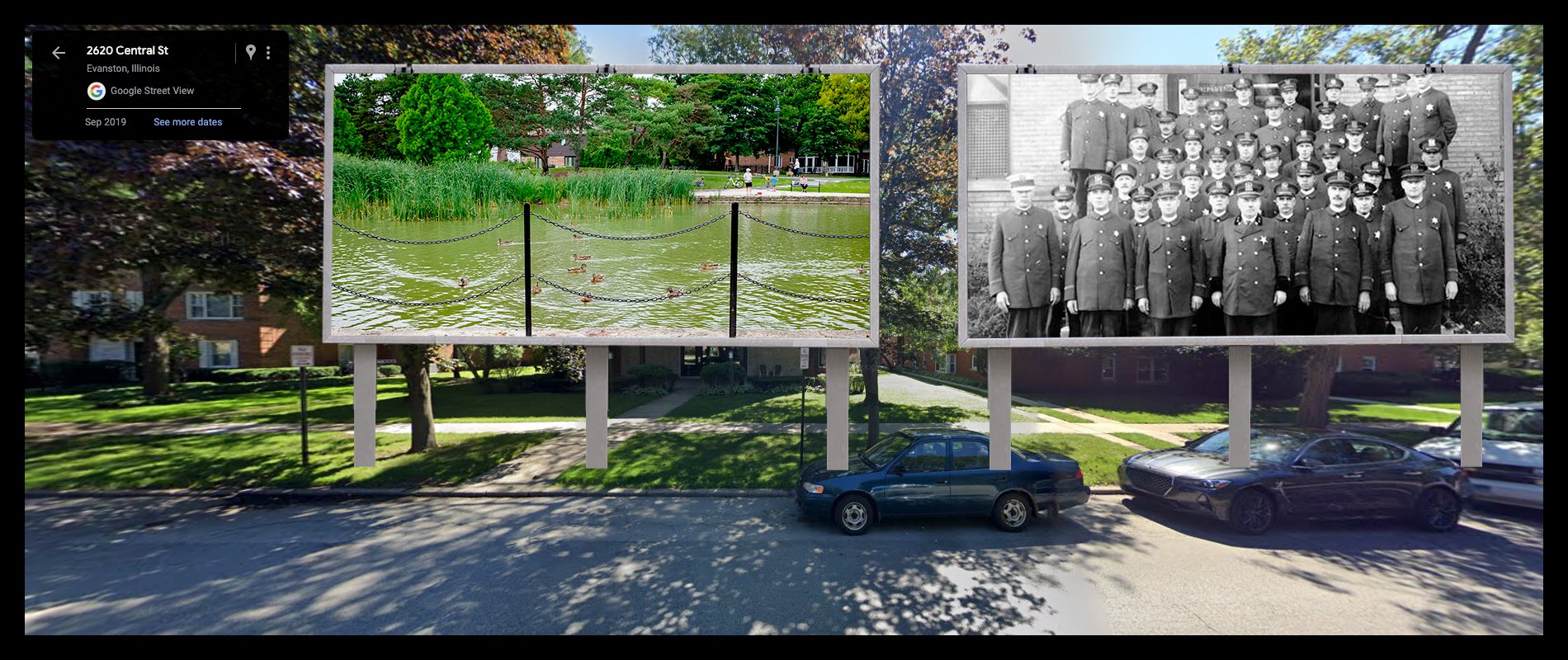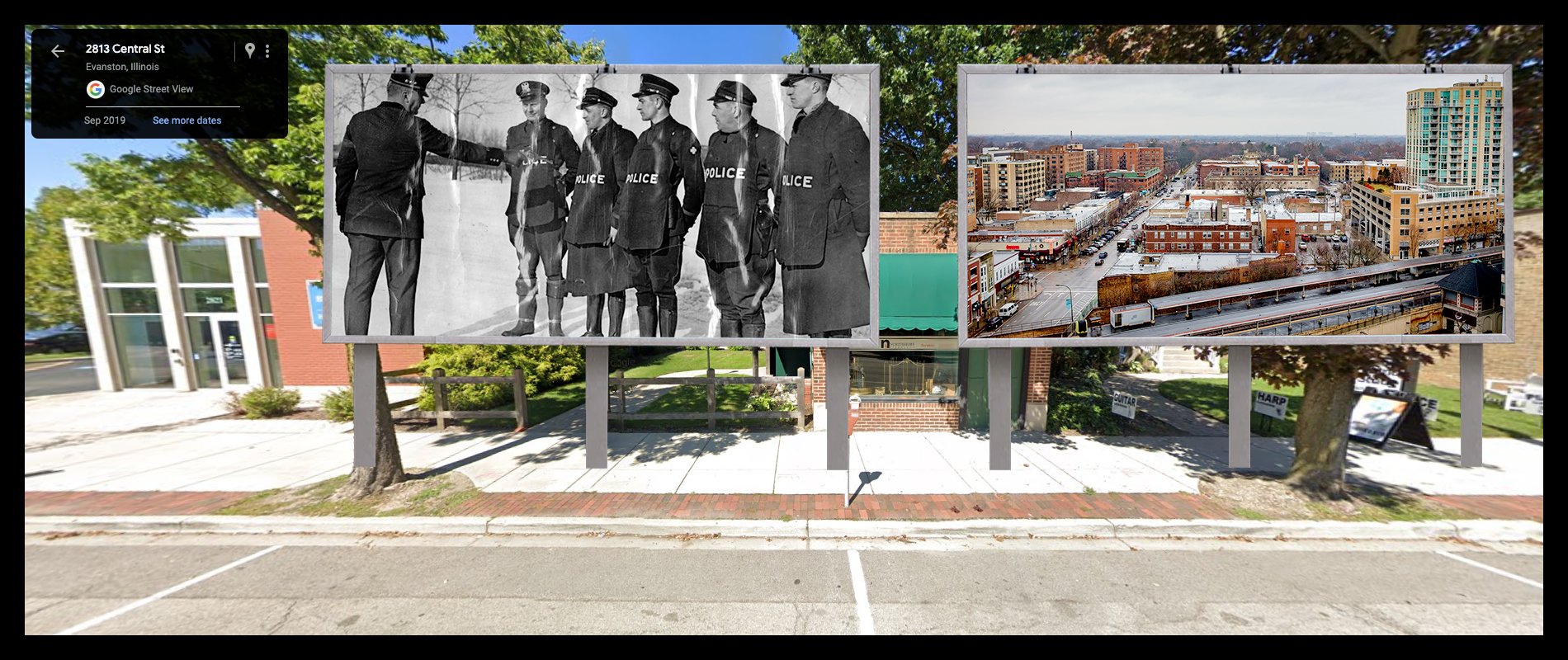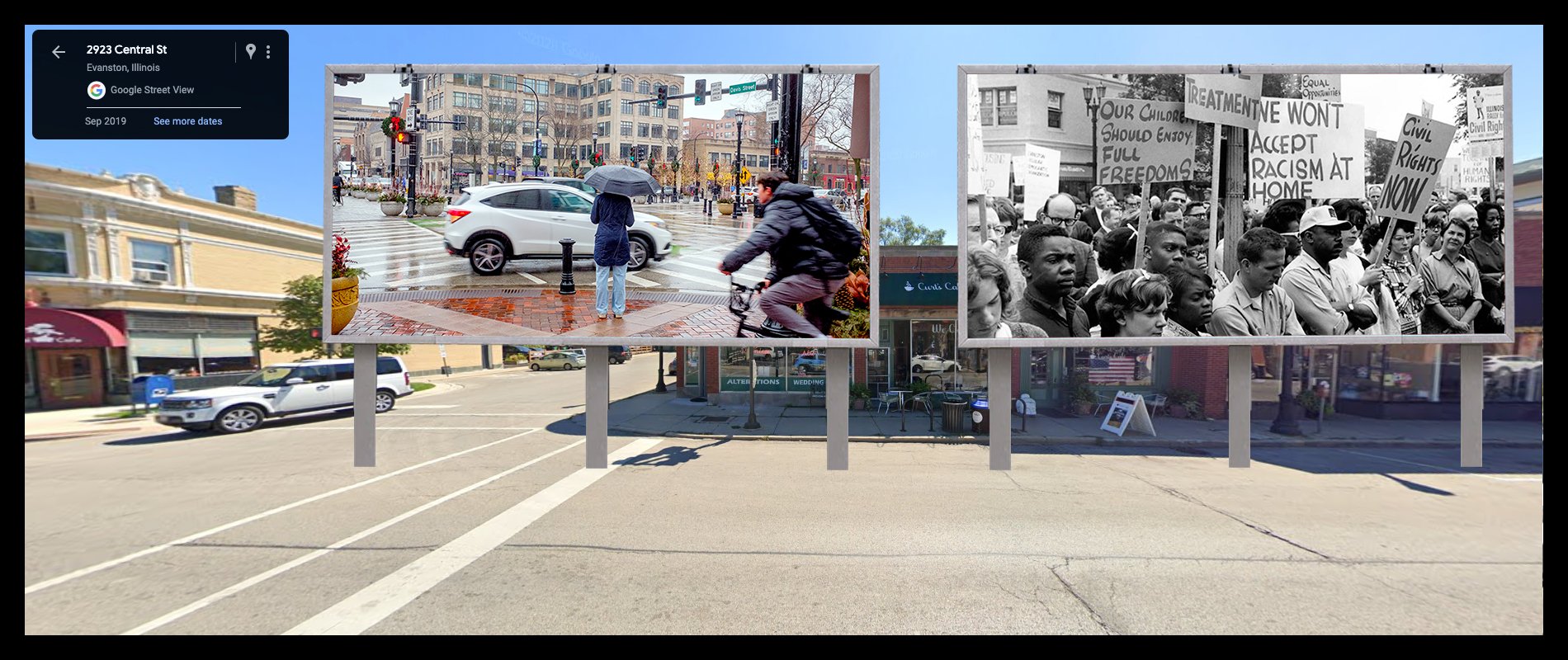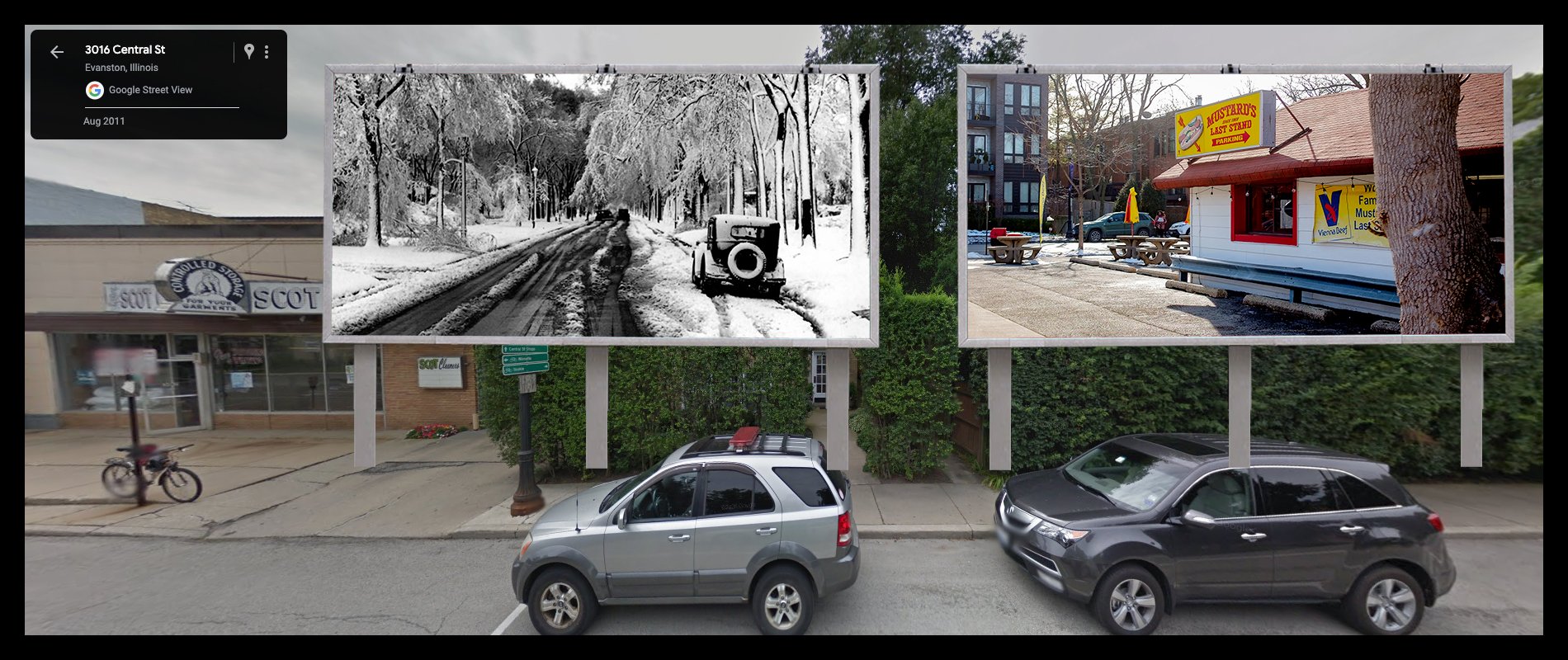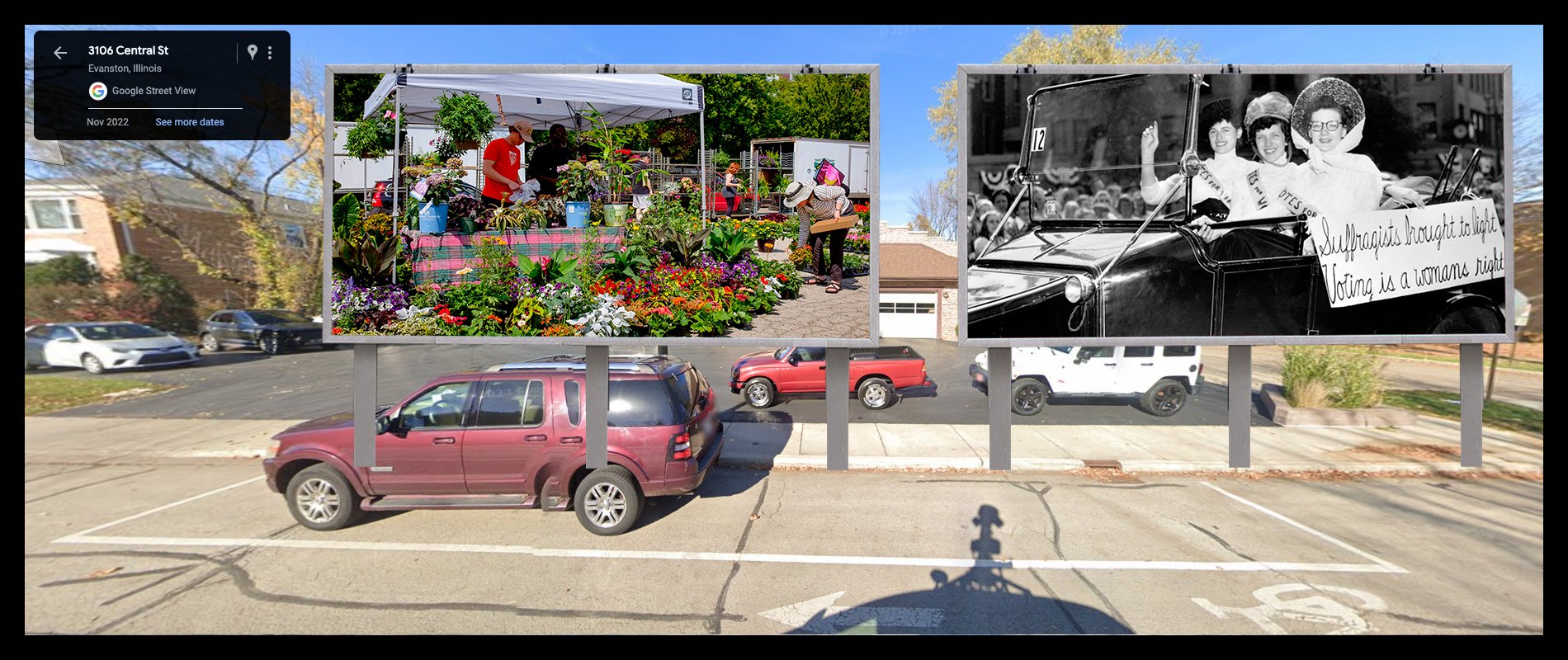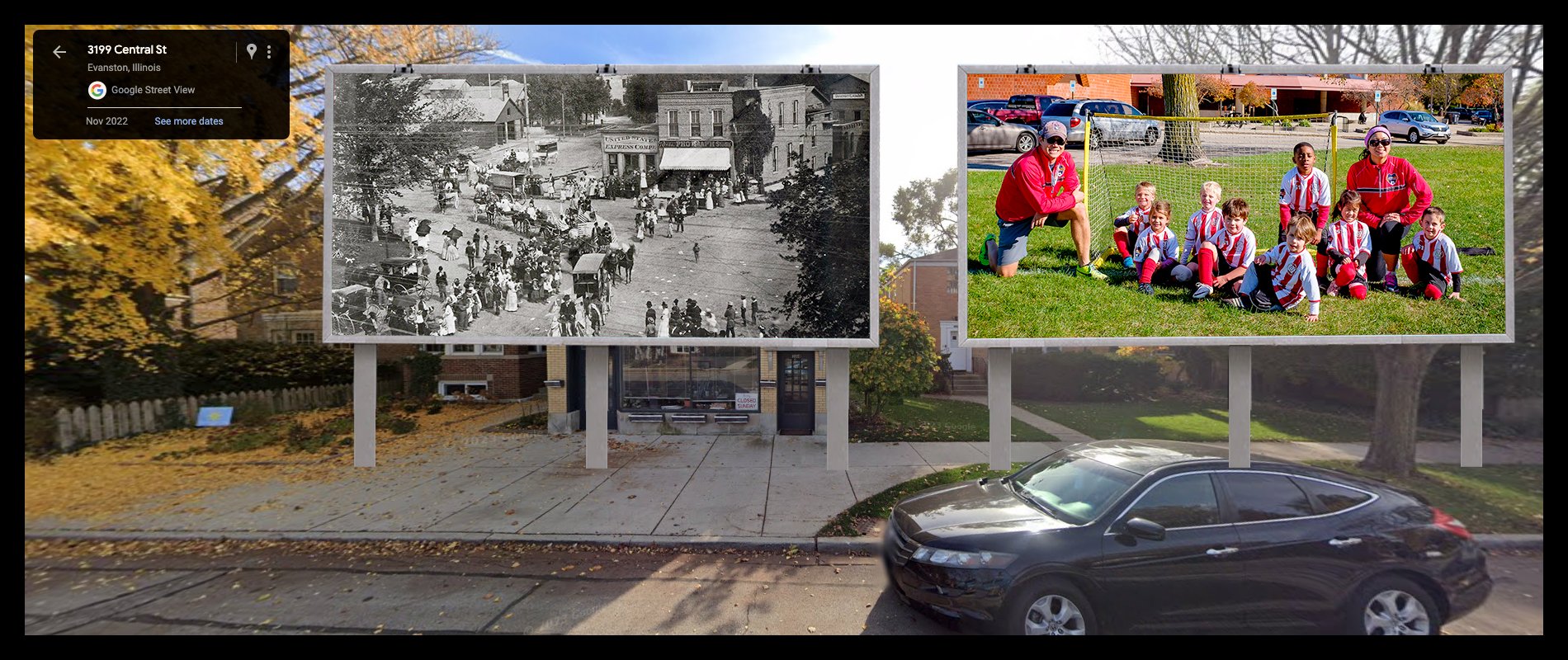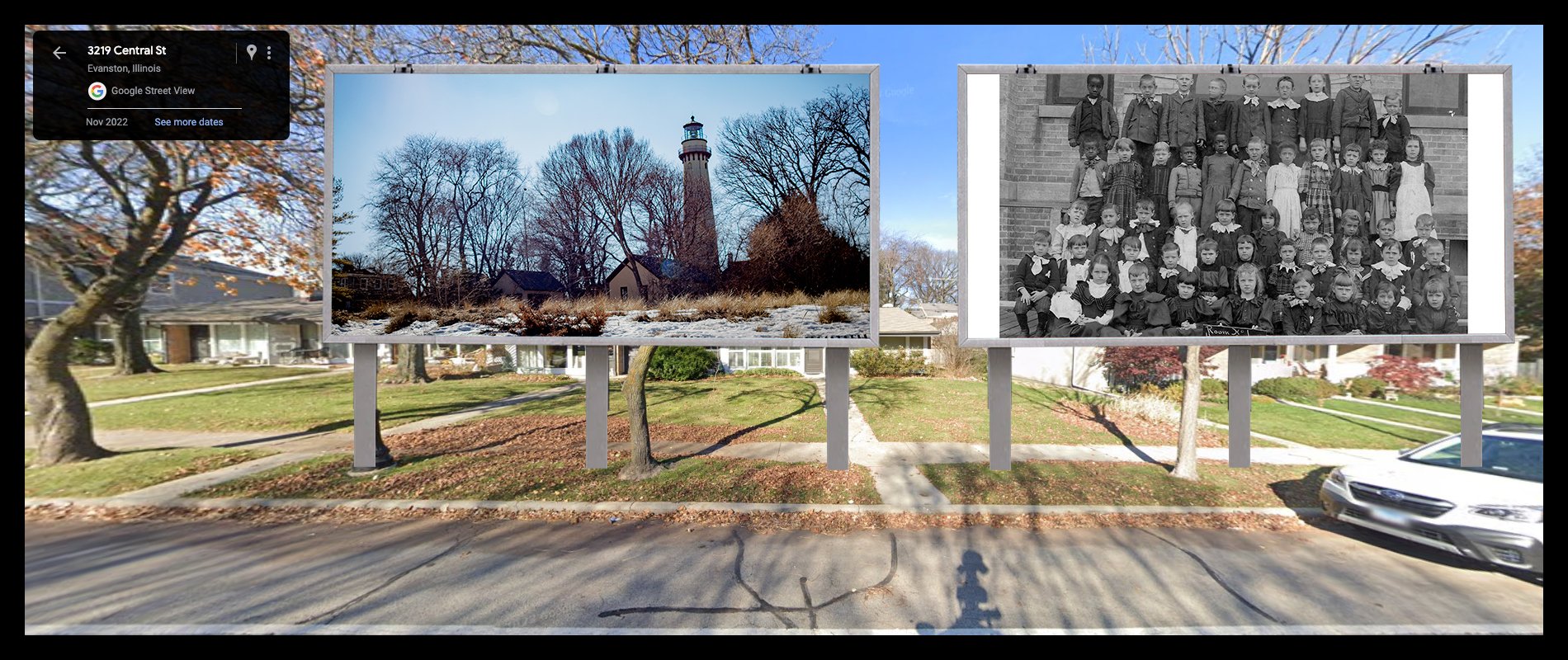Assignment Slides:




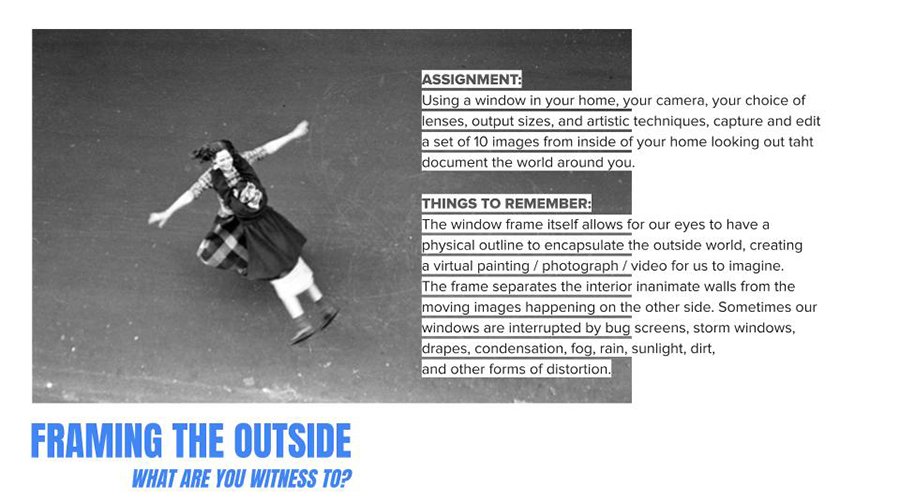
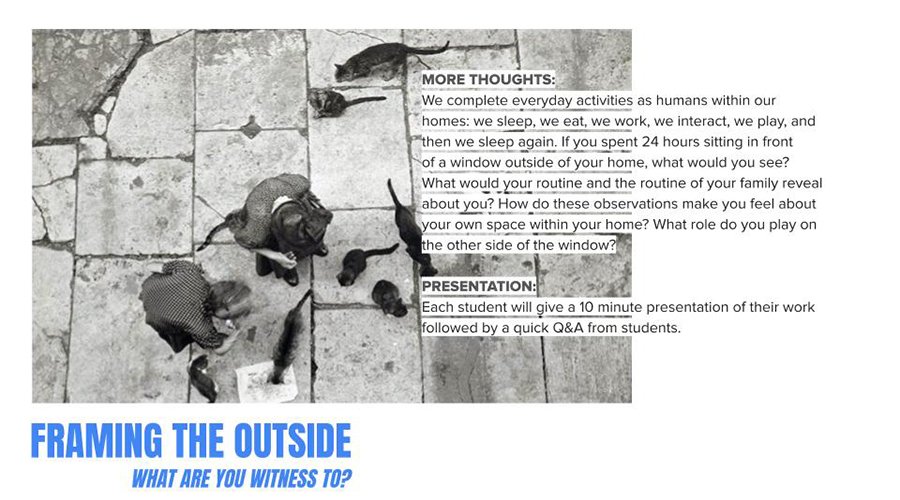
Digital Photography 2 Class at EAC
As we were beginning to chat about the assignment, at least three of the students (total of 9) began to grumble and express their hesitation to the project, explaining that the assignment would be too basic to be interesting. I asked them to hold their criticisms until after we looked through the work of Ruth Orkin before poo-pooing the project as uninteresting. We worked our way through Ruth’s work and with each passing picture, their worries faded. From the surface, taking photos from a single point of view can be very straight forward and unimaginative but as the students could see examples of how they could view the assignment, their creative ideas and techniques started to flow. It was amusing as the teacher to watch their moods swing so drastically within a 10 minute period.
Unfortunately, a number of students did not want their work presented on my page on the internet so I have chosen not to represent their work here. But I will describe their process, their highs and lows, and their results.
As the students had the time to work on the assignment over a few classes, I had the opportunity to talk with them throughout the process. I started by asking if anyone was having issues completing the assignment? Almost all of them replied with a version of ‘the idea of sitting in front of a window felt daunting, mundane, boring, and ‘pretty damn silly’ (direct quote). Before I could answer, a single student fixed the issue for me with a two-word answer: ‘Then don’t’.
The class nodded in agreement and we discussed ways to take the photos without spending hours at a time at the window. One suggestion was to leave your camera near the window and when you walked by, you could take a photo or two and come back to the spot at a different time and repeat the process. This seemed to be the best way to keep the students interested in what they were seeing outside as different times of day created vastly different visuals.
With two classes in between the assignment given and the assignment delivered, my students were allowed to speak to each other about how things were moving along and what directions they were taking to complete the assignment. As a class, small successes came to light within these smaller, impromptu, interclass conversations where edits were shared, styles were shared and/or proposed, and techniques/technical aspects were suggested and or shot down. While my classes those two days were aimed more at image editing and image curation, the student to student talk was more about ‘what are your images shaping up to look like’ and ‘oh I tried that, it didn’t work because of _____ and _____’. It was as if I was overhearing the students teaching each other, or at the very least, offering up advice and ideas that were stretching the class further.
To offer up more insight, my student engagement for the assignment was on par with what of my student engagement is for the classes I teach at the art center. The student body is made up of a variety of ranges of photographers looking to get a variety of things out of the class. Here is how it breaks down in their own words (as listed by me):
- 15% of students are looking to take “better” photos
- 50% of students are looking to learn more about their camera
- 25% of students are looking to create a better-looking Instagram Stream / Social Media presence
- 10% of the students are looking for challenging their photography skills
Because the range is vast, their responses to the assignment ranged directly to their interest in the above percentages. But with this assignment, everyone in the class completed the 10 images and almost all of them made a compelling argument for the creativity produced. A single student just went through the motions while the rest gave it the energy and mind power that the assignment deserved.
For me, looking back on the lesson plan, I would like to try it out on High School students as the older age of the current students swayed the output to look more like Ruth Orkin’s work and less like their own. I feel that a younger, more impressionable student population would create more of a contrast between each final set of images which would spur the student creativity for the assignment that comes next. One of my goals is to constantly build upon the last assignment so that my students are creating a bank of creativity and an arc to their work that is visible.
In the future, I will use more time in creating my lesson plans as I feel like this particular assignment really came together over a number of weeks with a solid few days of research, testing, and ideating. I need to put more thought into lesson plans in general and this process definitely helps prove that.
And… Just because I did not get a chance to publish my students images looking out their window, here are 3 images of my own, looking out a window.









